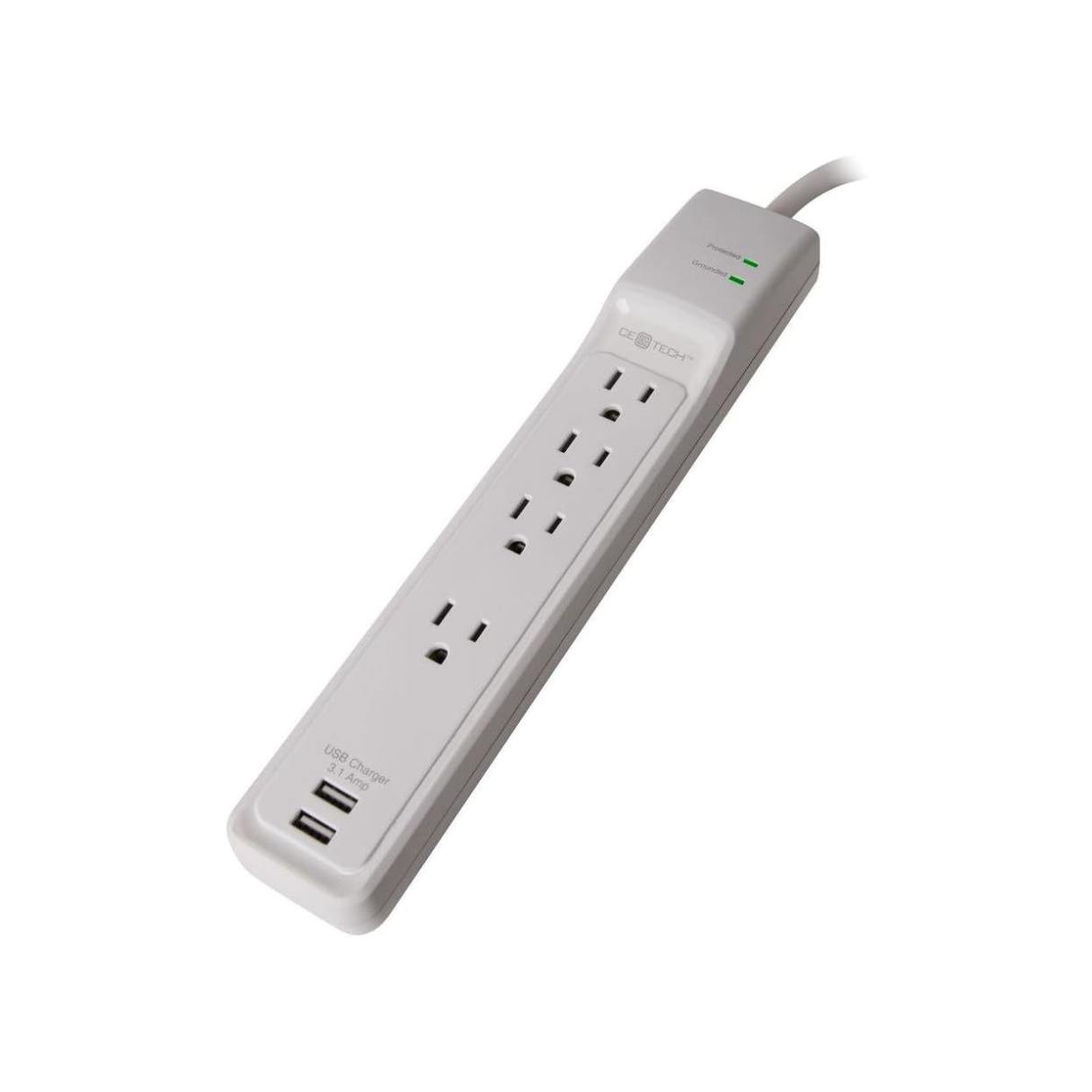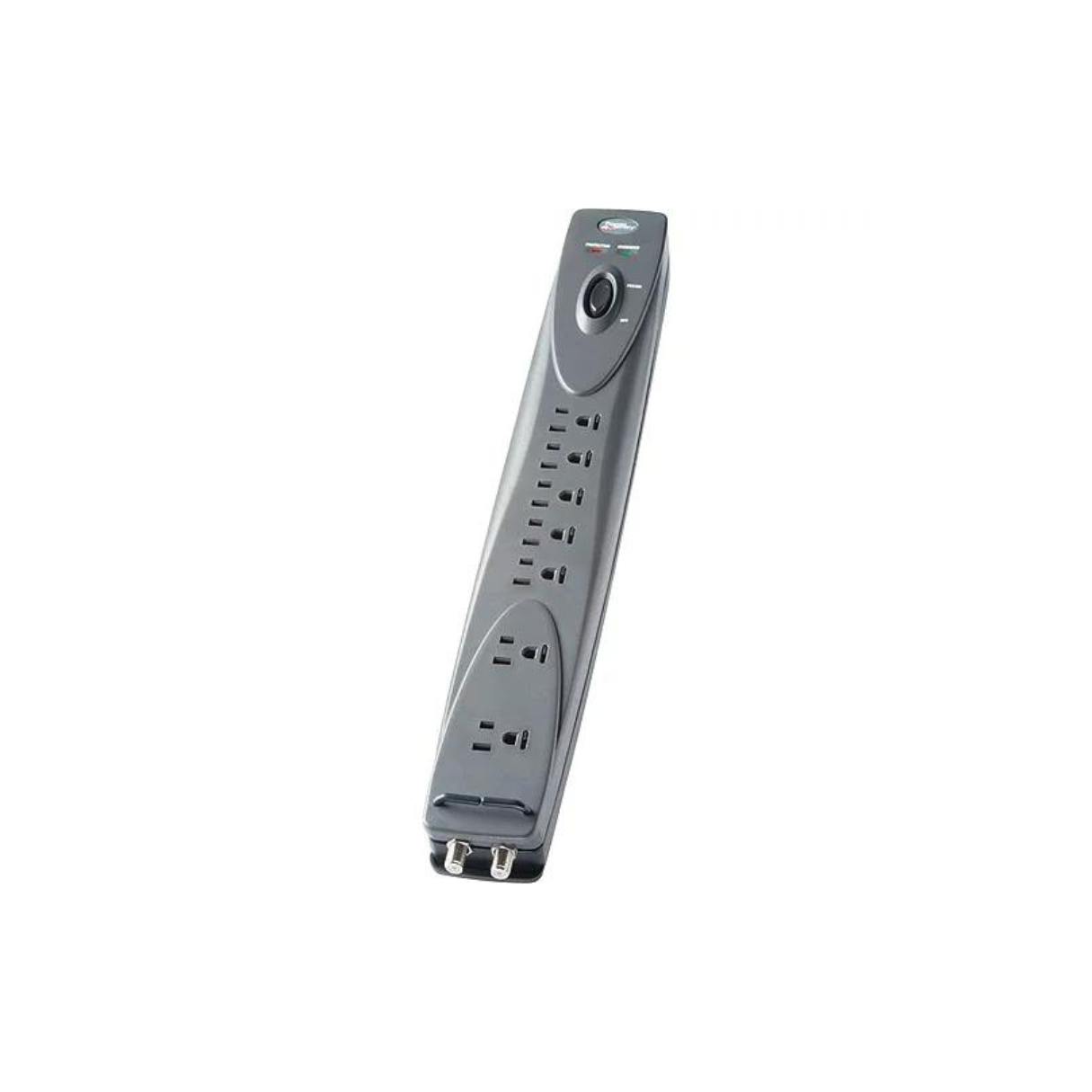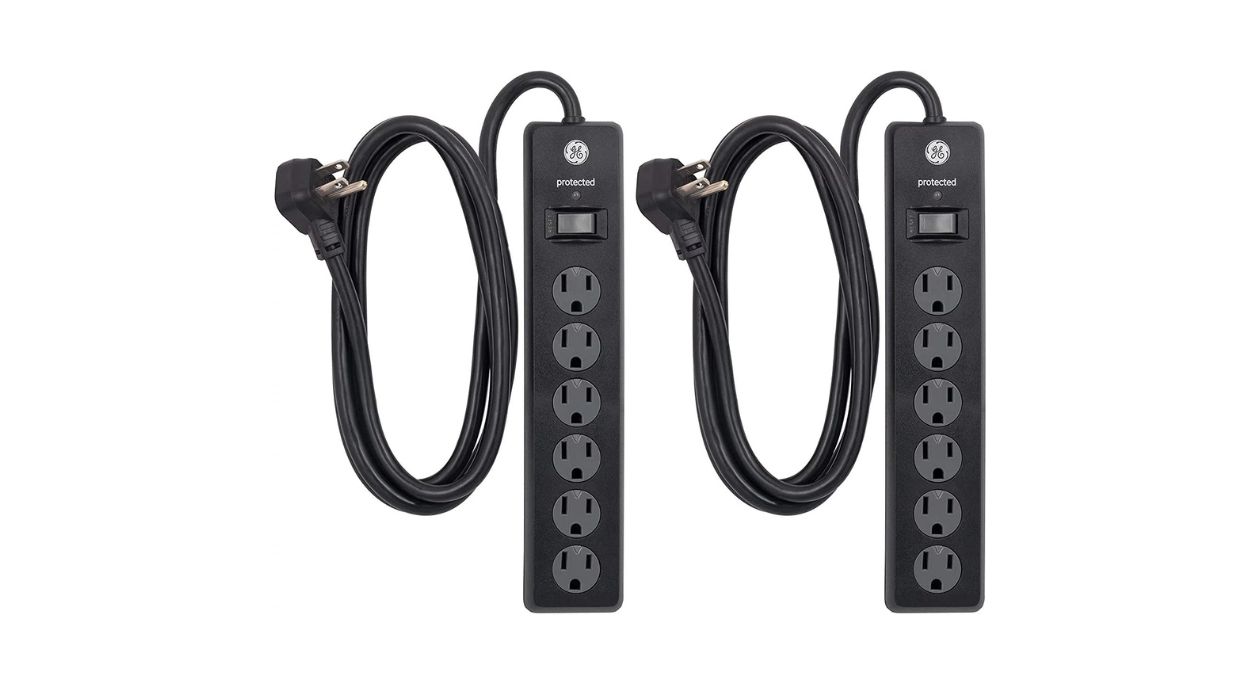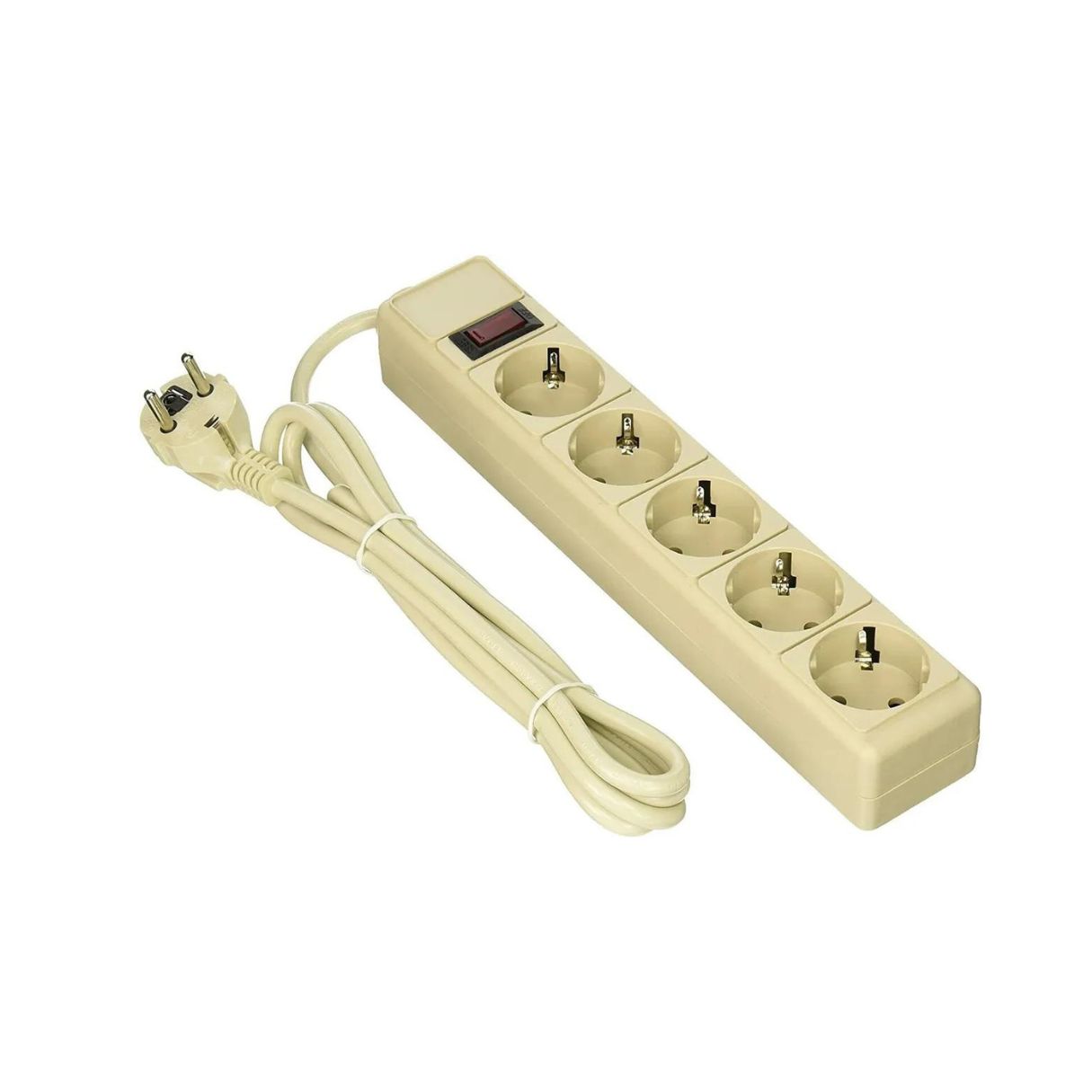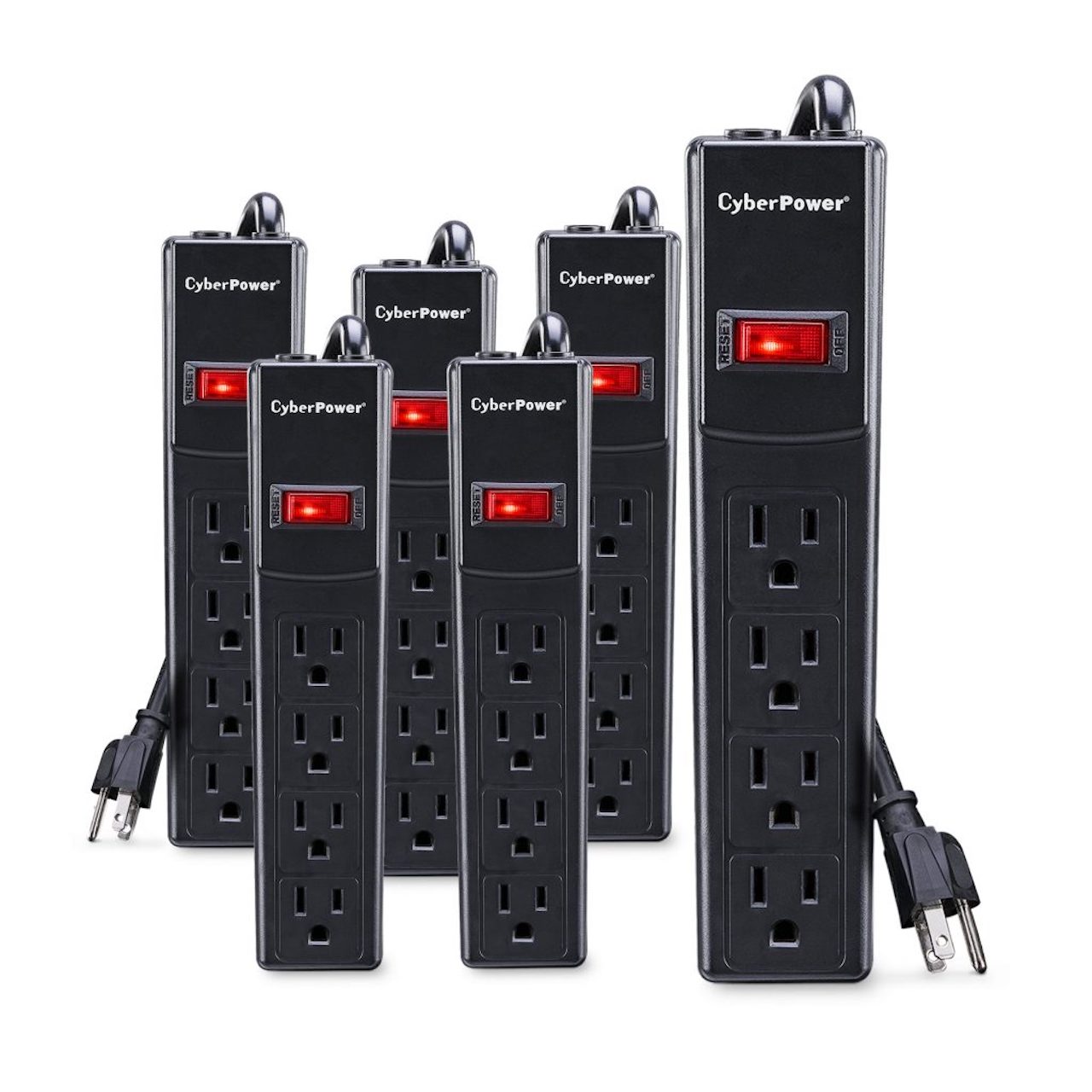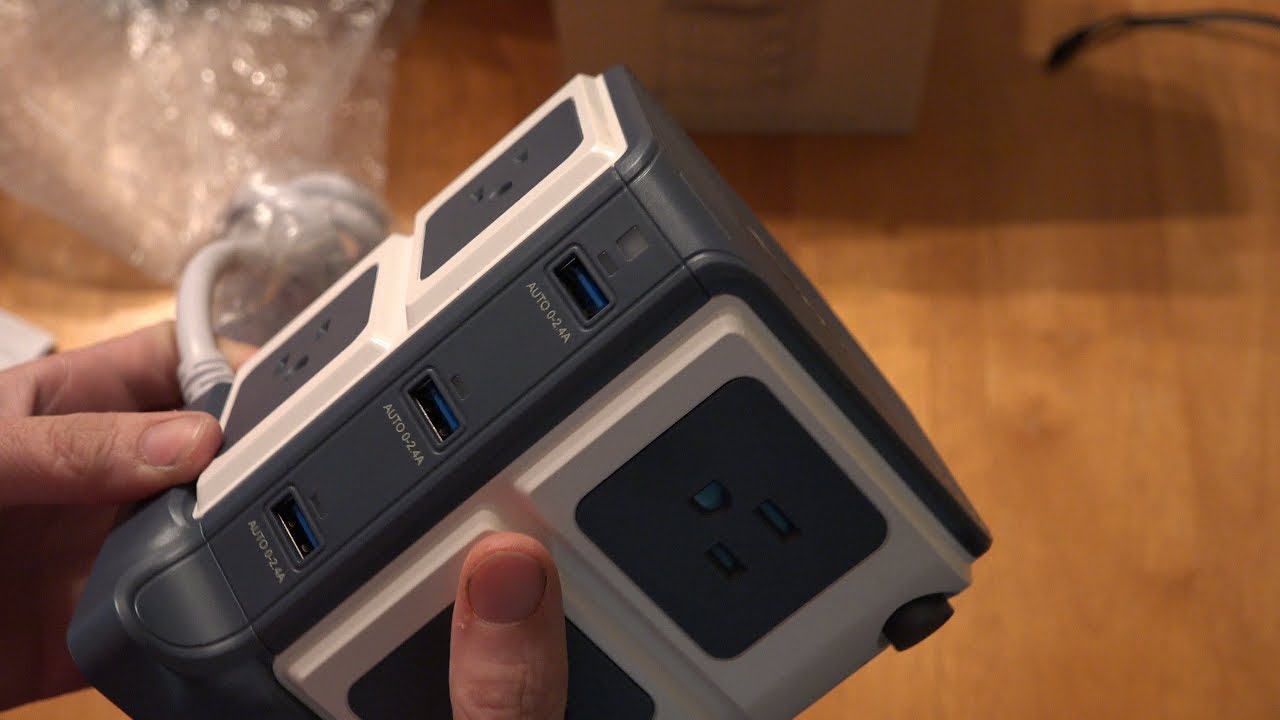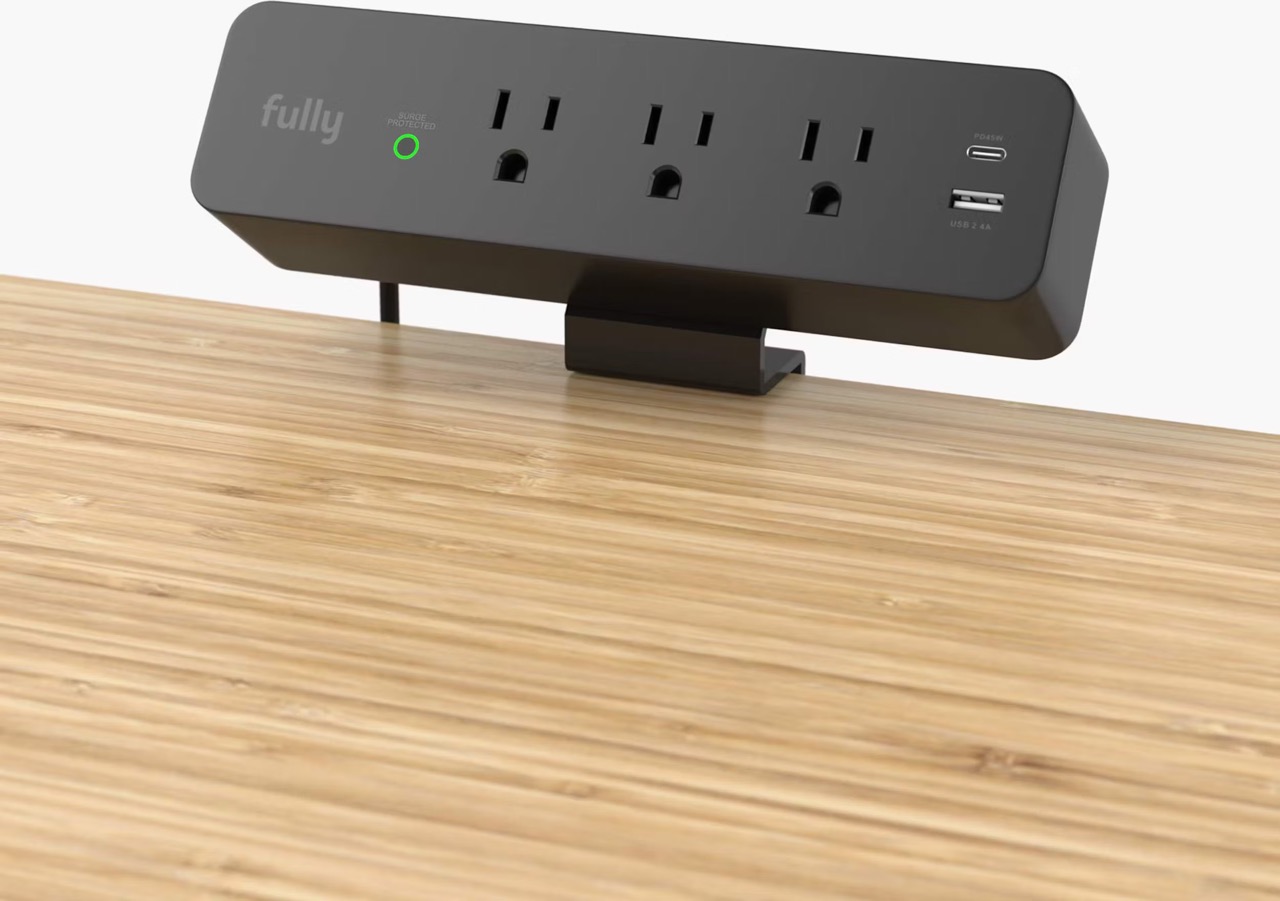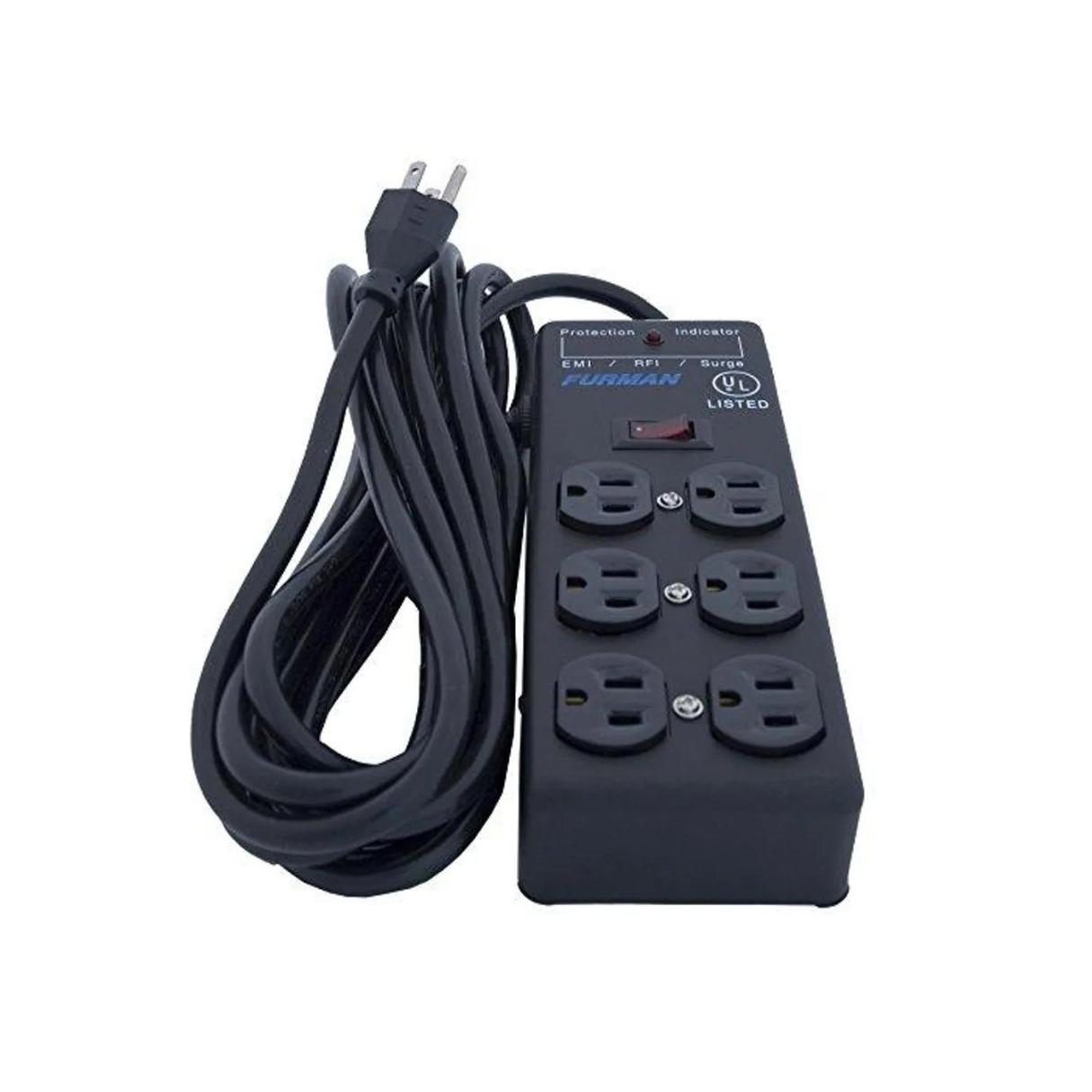Home> Surge Protector For Home
Surge Protector For Home: Unmatched Protection For Your Appliances
Discover the best surge protector for home use. Protect your valuable electronics from sudden voltage spikes and enhance their lifespan. Your safety is our priority.
